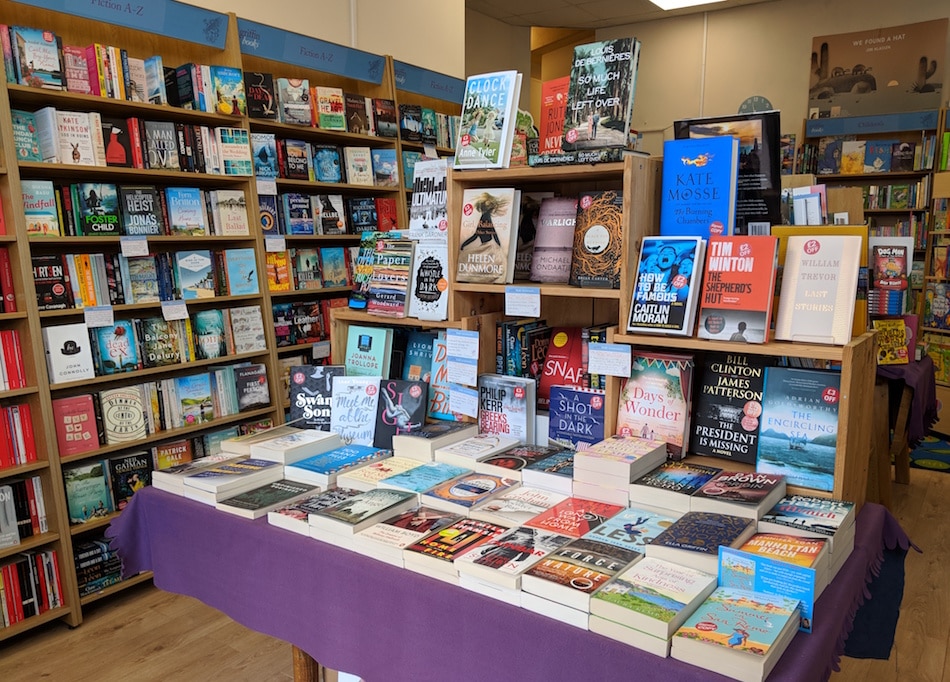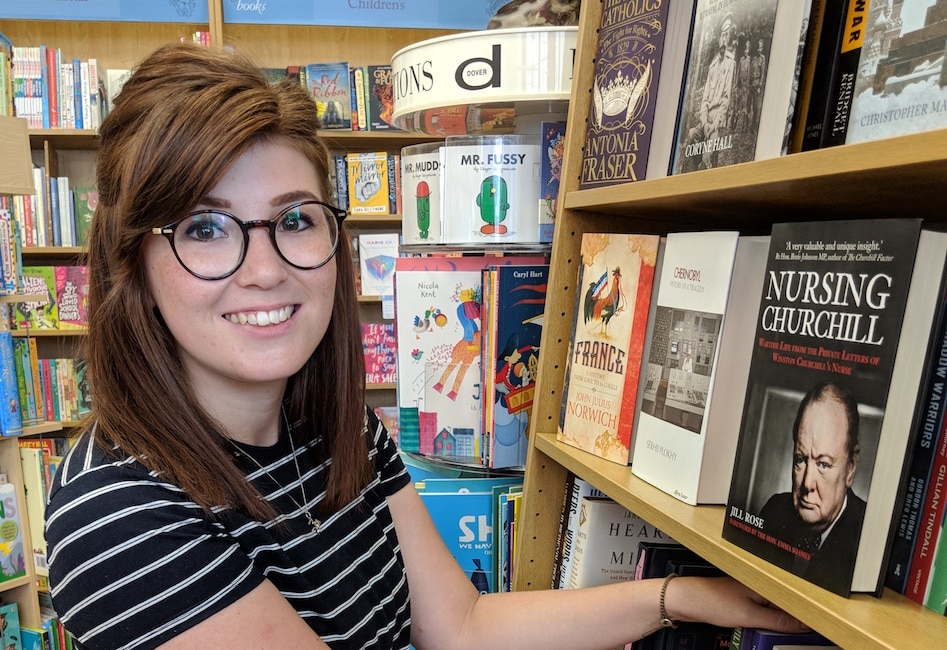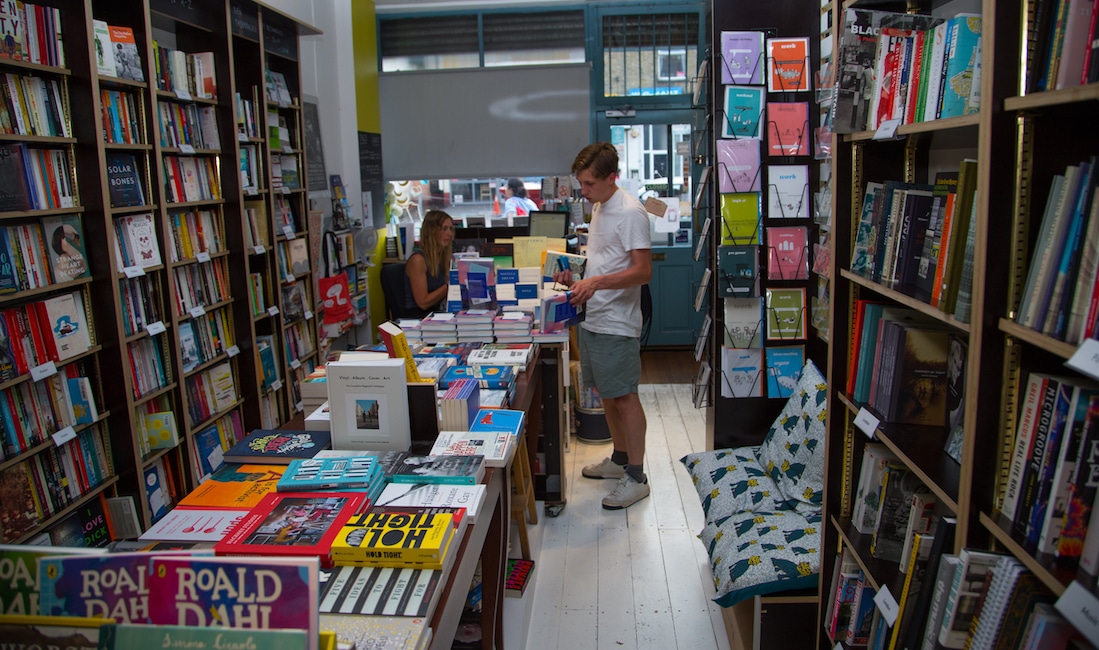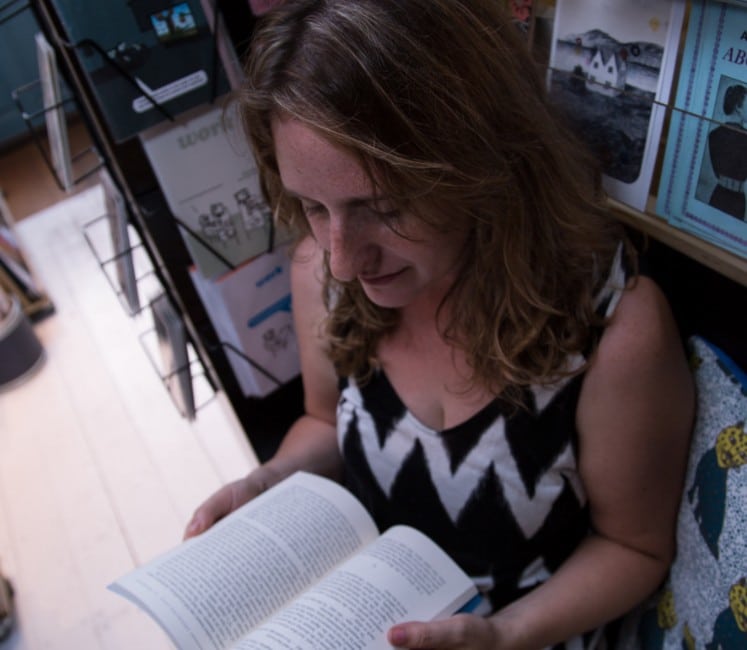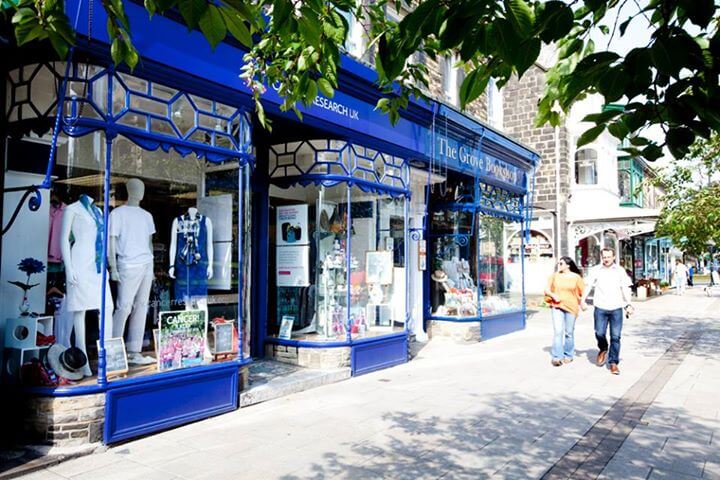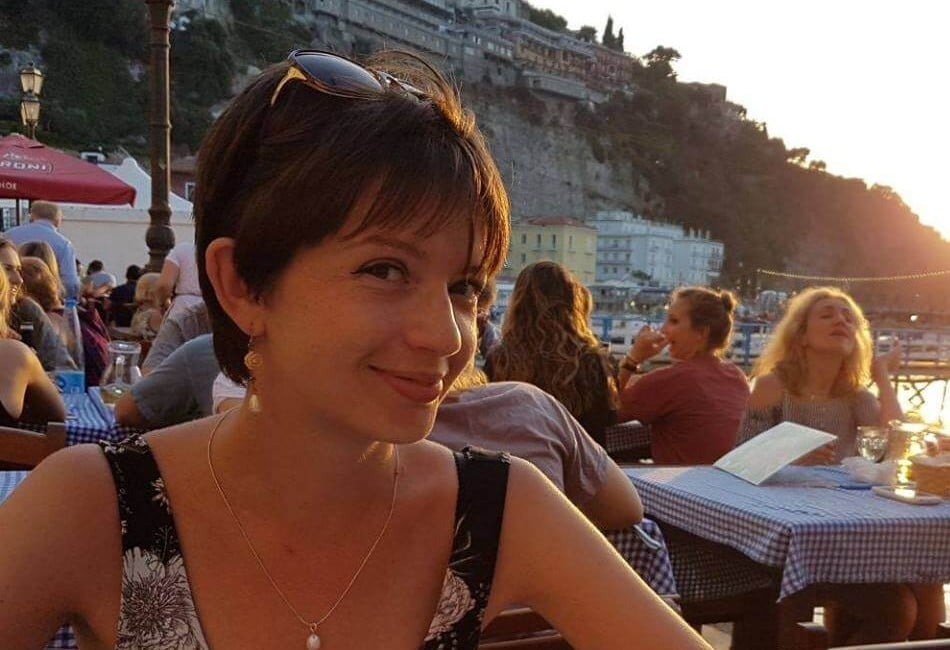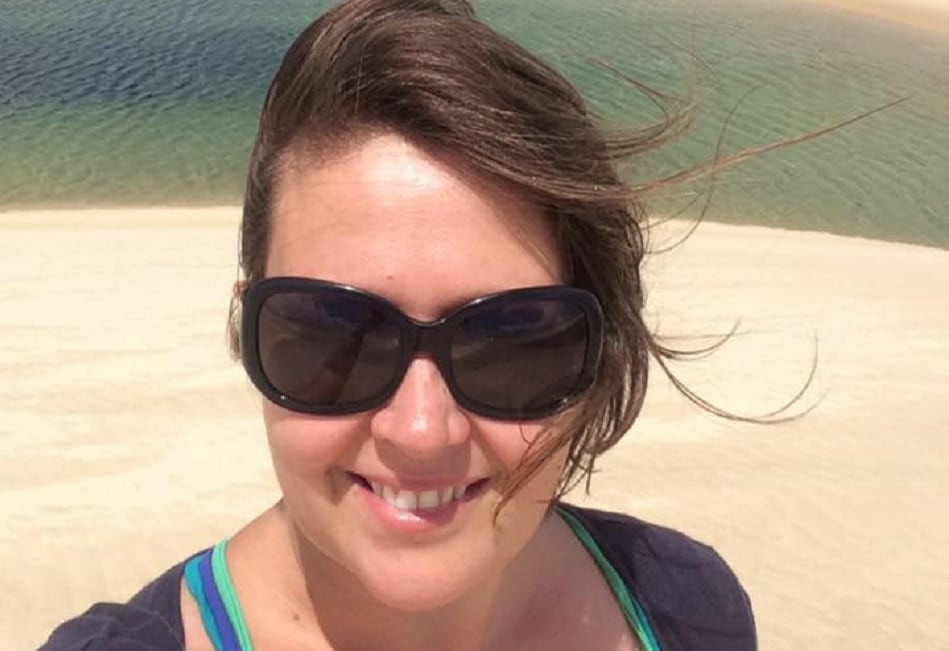Her three ‘big books’
‘The Handmaid’s Tale’ by Margaret Atwood: This was a hugely influential book for me. I first read it when I was about 19 and it made me a feminist. I re-read it recently and found it complex and fascinating in ways I hadn’t remembered. It’s strange to revisit the books you loved as a young person. I remembered it as a dystopian satire, but this time around it seemed to me to be a study of a woman who has lost everything – and I think that as you get older, you understand what that really means. She doesn’t even have reading any more. She doesn’t have her name.
‘I Know Why The Caged Bird Sings’ by Maya Angelou: Such an engaging and powerful account of growing up in America’s South in the 1930s. Angelou endures the kind of violence and hardship which would derail most people; despite this, it’s the opposite of a misery memoir (an un-misery memoir? A resilience memoir?) The people she writes about are vividly recognisable, and I love that she makes her unique experience so relatable – surely the point of reading is to understand other people’s lives? Angelou is so funny, robust and lacking in any bitterness; nothing can destroy her.
‘Tender Morsels’ by Margo Lanagan: This astounded me when I first read it, nearly 10 years ago. It’s often categorised as YA, but this extraordinary book is certainly a novel for adults too. I wouldn’t sell it to anyone younger than 15. It retells the story of Snow White and Rose Red, but with a brutal and bleak perspective which makes it impossible to forget. Persecuted and abused, Liga is given a magical refuge in which to rear her two daughters. But life in all its beauty and cruelty will not leave her alone. It’s about love, loss, power, consequences, and not getting what you want. An amazing novel.

Her two contemporary titles
‘Poems From a School’ (a collection of poems by pupils at Oxford Spires Academy): The poets are aged 11-18, and for many of them English is not their first language. It’s difficult to convey the impact of this book. I don’t remember the last time I was so moved by a collection of contemporary poems. It’s a timely reminder of the creative miracles which can happen when cultures meet. It’s vivid, evocative, personal, funny, sad, intimate and humane. Read it to understand your fellow humans better, and to remember what poetry is for.
‘I Am The Seed That Grew The Tree – A Nature Poem for Every Day of the Year’ (selected by Fiona Waters): We love poetry in The Alligator’s Mouth and are convinced of its life-enhancing powers, so I was delighted by this book. I predict this beautiful collection will ignite the poetry fire in many children. The selection is unusually good, including many favourites and also introducing me to many I didn’t know. It’s very easy to open the book at one page and then find yourself still there much later, drifting happily from poem to poem. Illustrated beautifully by Frann Preston-Gannon, it’s an anthology to keep you company throughout your life.

The one on her ‘to read’ list
‘The Skylarks’ War’ by Hilary McKay: I’m really looking forward to this. One of McKay’s earlier novels, Saffy’s Angel, is one of my favourite books, and works as well for adults as it does for children. The Skylarks’ War tells the story of three friends whose lives are disrupted and defined by the first world war (I am a sucker for this kind of plot: see Elizabeth Jane Howard’s Cazalet books). McKay is a subtle writer with a light touch who creates complex, layered characters you really care about. Can’t wait.
Go on, be a good sport:
Pay The Alligator’s Mouth a visit, follow the shop on Twitter,
and share the Half-Dozen with friends.

